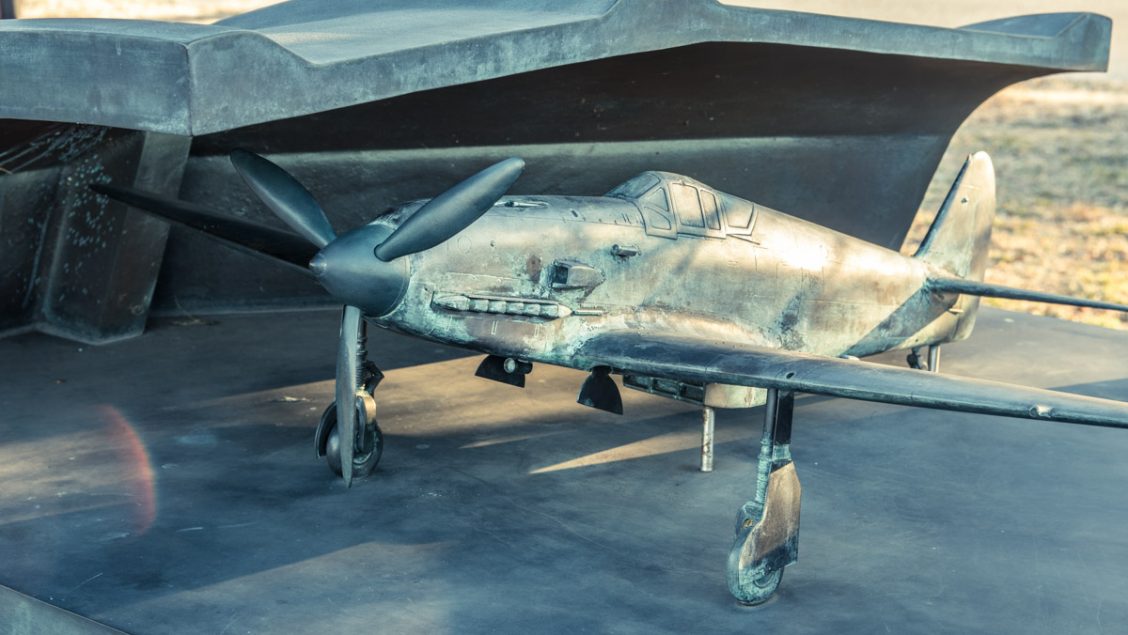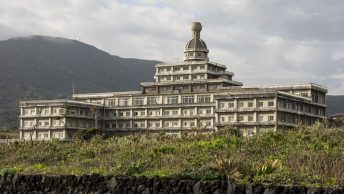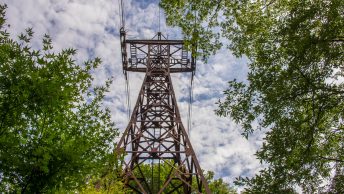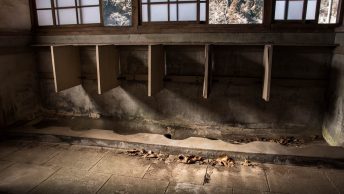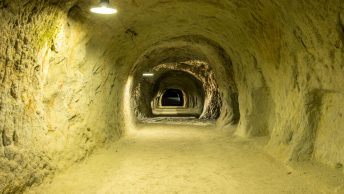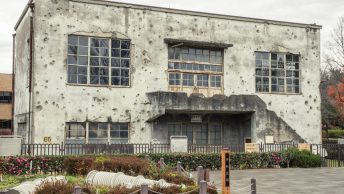Remnants from the Second World War in Tokyo
Preserved ruins from the Second World War in Japan are few with the notable exceptions being the Hiroshima A-bomb Dome Genbaku Domu, the Nagasaki Urakami Cathedral wall remnant and the one-legged torii of Sanno Shrine also in Nagasaki. Tokyo itself was effectively razed and rebuilt in the aftermath of WWII, so it comes as little surprise that there are few enduring war relics from this period. Tokyo has a small museum “The Center of the Tokyo Raid and War Damages” which presents information and artefacts related to the bombing of Tokyo.
Much of the damage Tokyo sustained was due to widespread firebombing attacks. On just one carpet bombing raid on downtown Tokyo on March 10, 1945 resulted in 1 million displaced persons and claimed the lives of 100,000 others. This was just one of over a hundred such raids that eventually brought devastation to fifty percent of the city’s total area. The initial rebuild after the war was slow going and it wasn’t until the 1950s that Tokyo experienced fast economic growth. It was therefore of interest reading that there were indeed some traces left from the war including these following five sites.
.
1. Kamakura-bashi (bridge)
A short 10-minute walk north of Tokyo Station finds the Kamakura-bashi bridge over the Nihonbashi River. This concrete arch bridge was rebuilt in 1929 after the Great Kanto Earthquake. What makes this bridge unique however are the still visible bullet marks, around 30 odd from air-raid strikes in November 1944. Like the nearby Nihonbashi Bridge it is shrouded under the Metropolitan Expressway which passes over overhead.
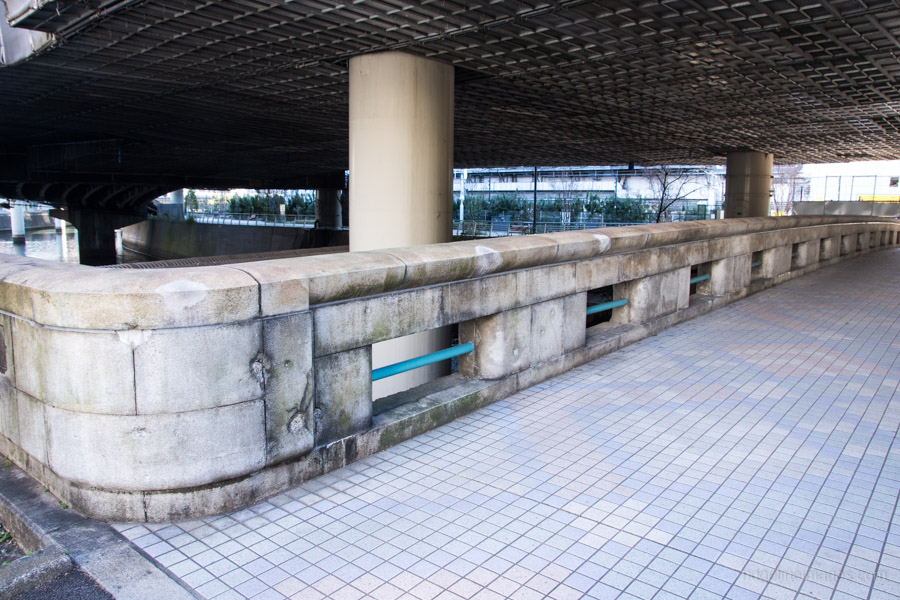
Kamakura-bashi (bridge) near Tokyo Station.
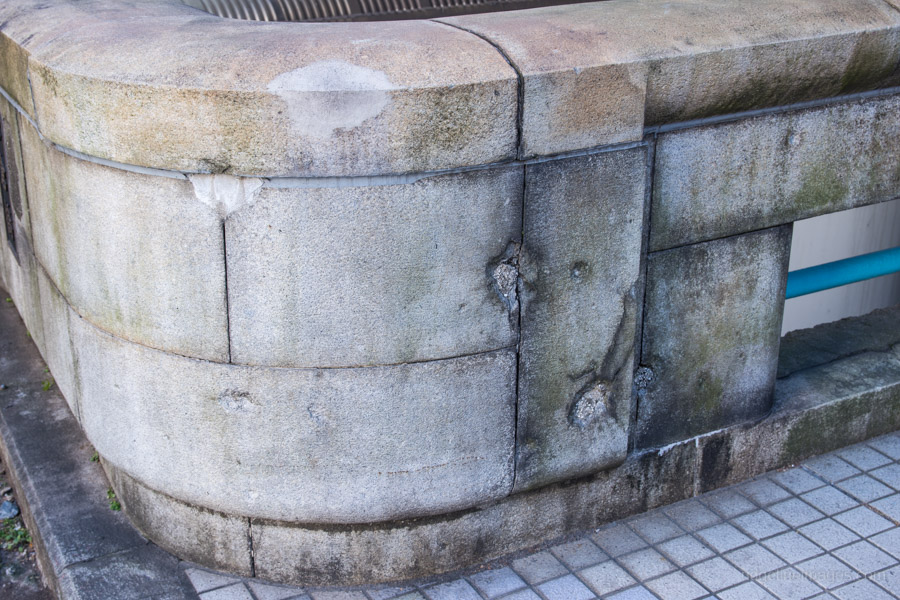
Bullet and fragment holes on the bridge railings.
2. Ginnan-bashi (railway bridge)
A freight railway once serviced the Nakajima Airplane Factory from Musashisakai Station along the Chuo Line in west Tokyo. The short trunk line operated from 1938 until 1945 to transport aircraft engines manufactured at the Musashi Pant. For a brief period after the war the line was repurposed as the Musashino Stadium Line ferrying baseball fans from Mitaka Station to the Tokyo Stadium Baseball Park which was built on the former Musashi Pant site. The only remains of the former railway which was abandoned in 1959 are a pair of concrete abutments which span the Tamagawa Josui. In 2012 the Ginnan-bashi pedestrian bridge was constructed at this spot using part of the original track.
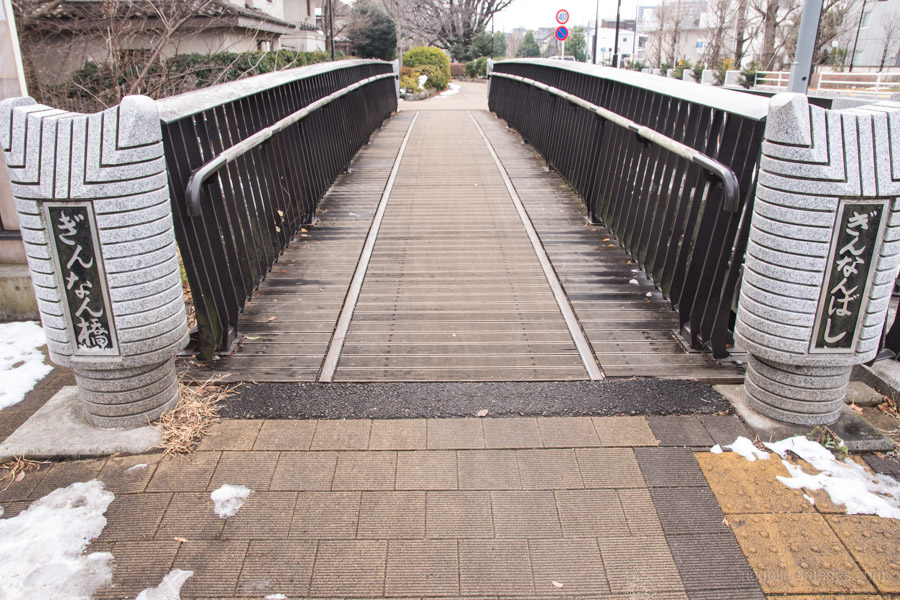
Ginnan-bashi Musashino City.
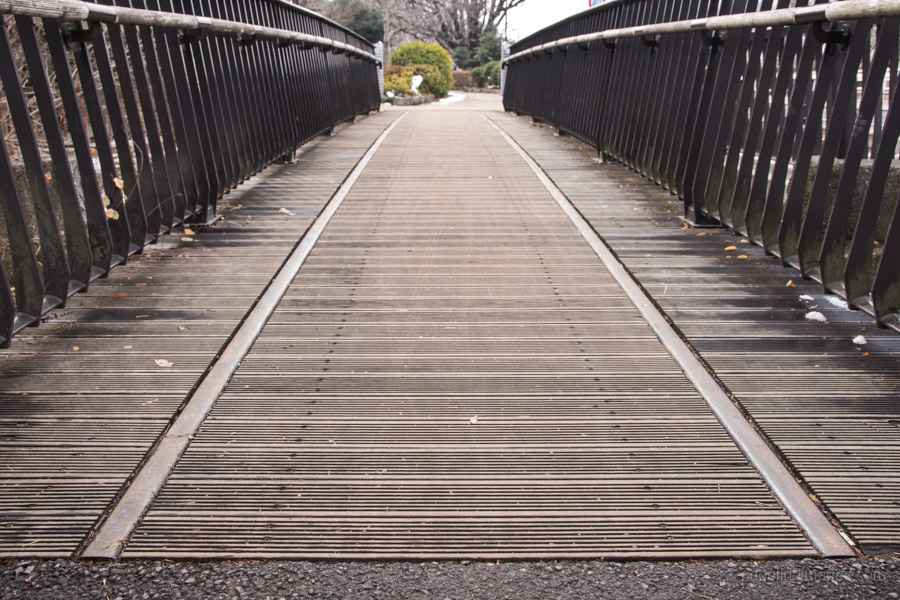
Foot bridge inlaid with the original track.
3. Tokyo Wartime Concrete Aircraft Hangars
Bordering the Chofu Airport in Mitaka City are a couple of well-preserved wartime aircraft concrete hangars known as Ohsawa 1 & 2 as well as the Shiraitodai bunker in a nearby residential area. At the height of the war there were 30 such hangars used to shield Kawasaki “flying swallow” fighter planes during B-29 bombing raids.
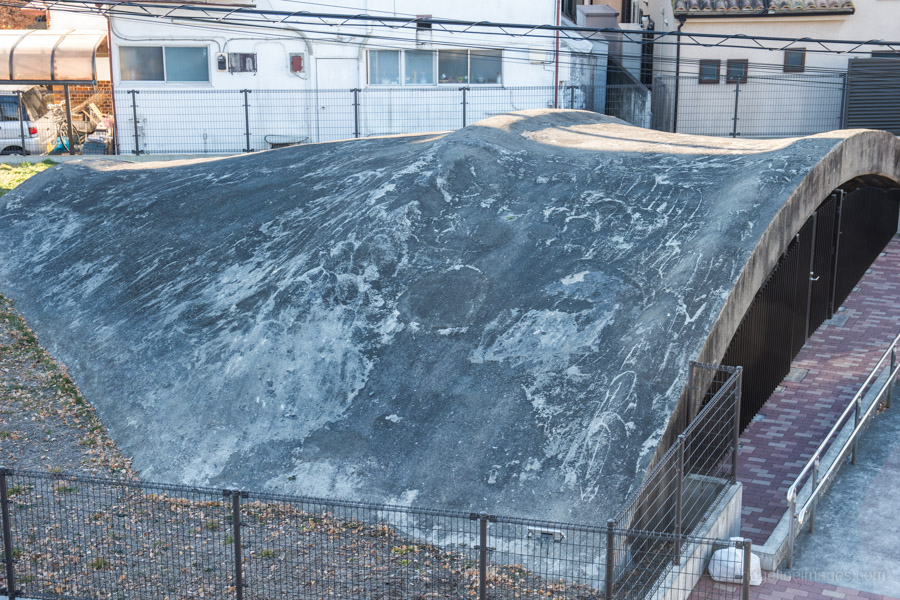
Shiraitodai aircraft bunker.
4. Former Hitachi Aircraft Tachikawa Factory Substation
Constructed in 1938, the former Hitachi Aircraft Tachikawa Factory Substation shows the scars of the war like no other structure in Tokyo. It was repeatedly strafed with gunfire during air raids in 1945. Despite extensive damage to the exterior it remained in service until 1993. After its closure it was marked for demolition but thanks to a neighbourhood lobby it was saved from the wrecking ball and is now recognised as an important cultural asset by the city of Higashiyamato.
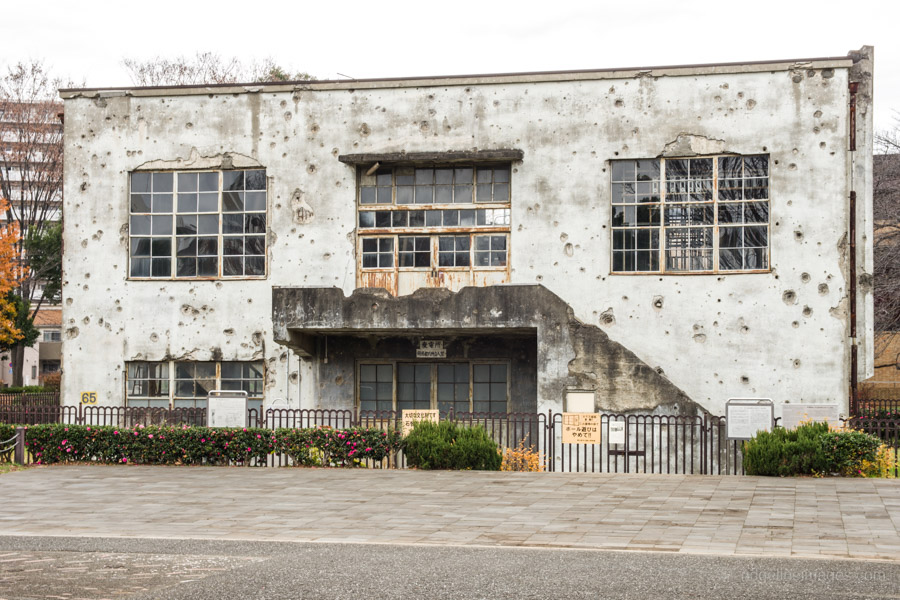
Former Hitachi Aircraft Tachikawa Factory Substation.
5. Enmeiji Temple’s 250kg Bomb Fragment
An unfortunate case of being stuck next to the wrong neighbour. The Enmeiji Temple in Musashino City once stood beside a Nakajima Aircraft Company Factory a prime target during bombing raids. On display outside the temple in a glass container is none other than a 250kg (550 lb) bomb fragment which evidently strayed from its intended target.
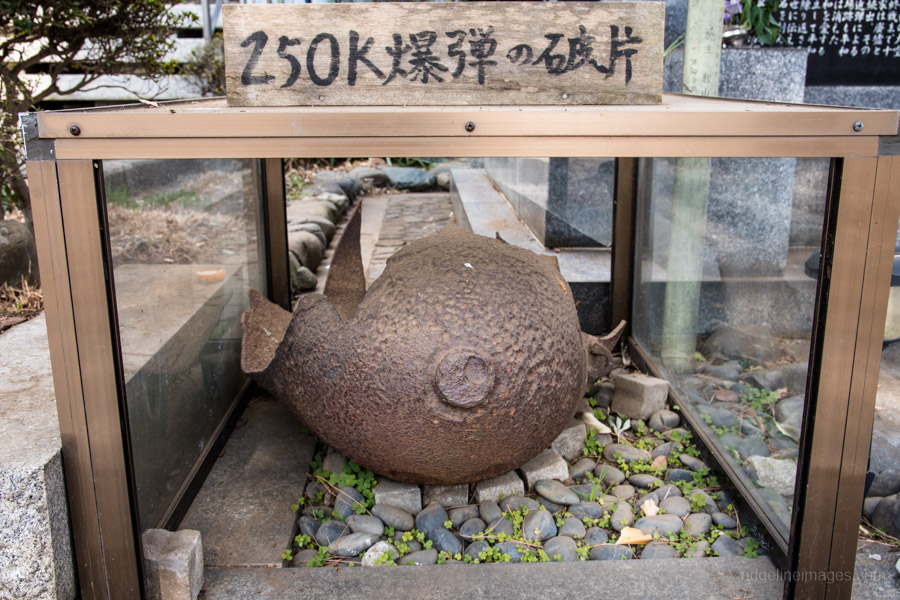
Enmeiji Temple’s 250kg Bomb Fragment.
